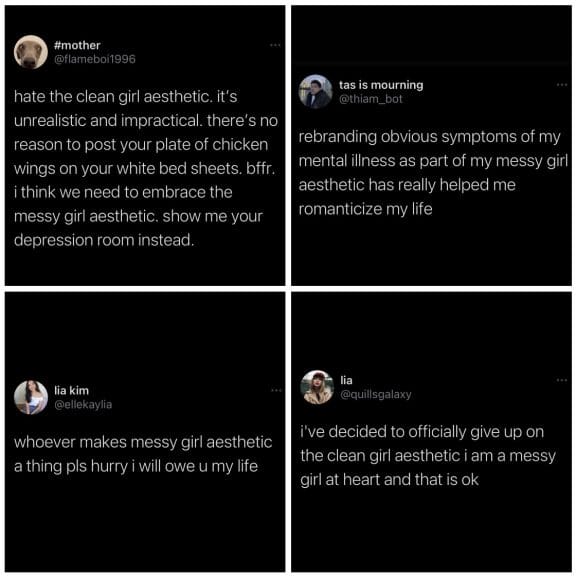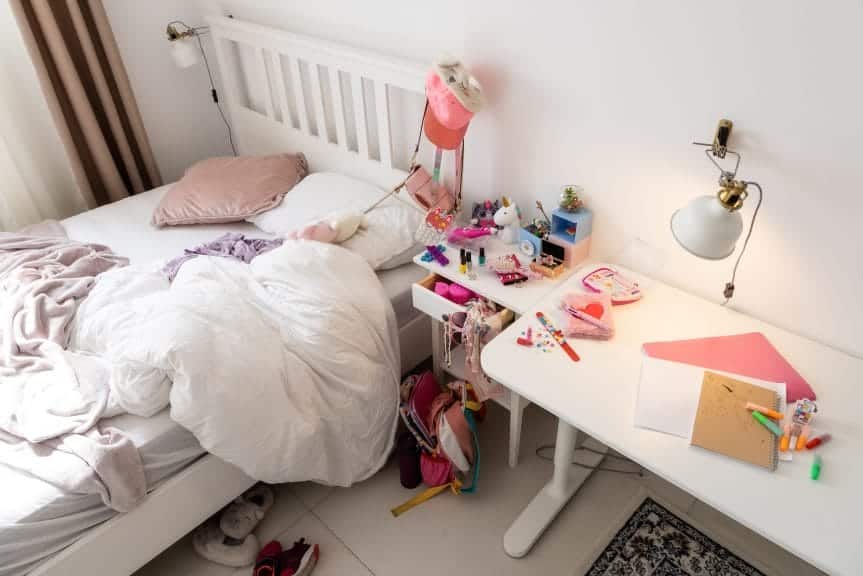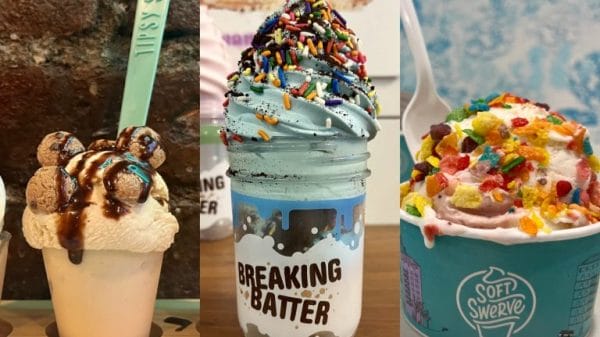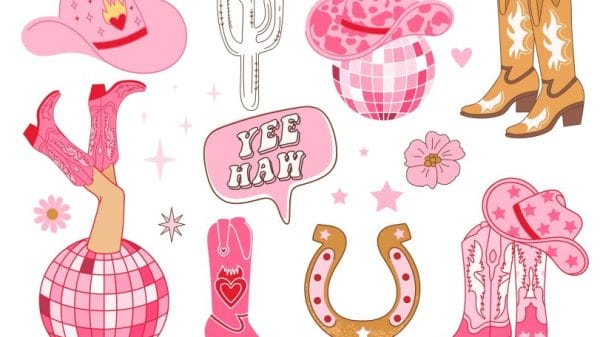For years, people have criticized social media’s pressure to present the best version of yourself. It’s about hiding all the mess, popping on a filter and scrambling to capture a moment of good lighting before captioning it ‘just woke up.’
Recently, though, a new approach to social media has risen through the ranks. Influencers have started posting pictures of their unmade beds and selfies with smudged mascara.
Suddenly, the internet isn’t interested in seeing you at your best – it’s interested in you at your worst.
But how much of this newfound authenticity is a genuine portrayal of life?
From Emma Chamberlain to Madeline Argy, can these successful social media stars truly represent the rawness of everyday life?
The roots of the ‘Messy Girl’
Before 2017, YouTube was dominated by openly wealthy influencers. They vlogged from inside their mansion-sized apartments, diving into indoor swimming pools and filming two-hundred-dollar make-up hauls from Sephora. When sixteen-year-old Emma Chamberlain started uploading videos of her dollar store purchases and late-night burrito baking, the game changed. Viewers flocked to her authenticity, which was symbolized by her unbrushed hair and minimal make-up. Within a year, Emma Chamberlain had accumulated one million subscribers, marking her as the first successful ‘Messy Girl’ influencer.
‘Messy Girl’ Magic
This new trend of raw relatability performed wonders for the destigmatization of mental health on social media. For the young generation, many look up to internet influencers as role models. Seeing your role model struggling with the same small things you do – brushing your teeth in the morning, picking up forgotten, neglected laundry – softens the embarrassment we may feel about avoiding these little chores. Have a look at how some people are now embracing being a ‘messy girl’:
While people do seem to be overly romanticizing this messy aesthetic, it does help normalize everyday struggles. It challenges the unrealistic standards of social media, questioning why we hide under pretenses of filters and editing cuts when this glamorized existence simply isn’t sustainable for anyone. A peek into Twitter reveals how appreciative people are of this online transparency:

How authentic can social media be?
Despite a generally positive response to the Messy Girl mania, there are some underlying issues. By nature, social media can only be authentic to a certain level. There’s an entire underworld of clip-cutting and re-filming that the audience is separated from. Even with trends intended to showcase the reality of life, there will always be the lurking aims of building a following, appealing to more viewers and making money.
Given the inevitable business side of social media, it’s difficult to determine whether any video shared online is truly as raw as it claims to be. With the figureheads of the Messy Girl aesthetic like Emma Chamberlain moving into lives of luxury in places like L.A., it becomes questionable whether wealthy celebrities can truly represent the mundane and messy lives of the average person.
Madeline Argy’s revival
In recent years, Emma Chamberlain has detached herself from her Messy Girl roots. She’s since started a coffee brand, become a face for Lancôme, and interviewed stars at the Met Gala. Bidding farewell to her old branding, the throne for the ‘ultimate’ Messy Girl has been left empty – until Madeline Argy. In 2021, Argy’s fast-paced and hyper-detailed TikTok story times racked up over two hundred million likes. The TikToker is unfiltered in her choices of discussion, ranging from bodily dysfunctions to depressive episodes.
Madeline’s Messy Girl branding
When it comes to being open on the internet, it’s pretty hard to compete with Madeline Argy. She even surpasses Emma Chamberlain in her humorous, raw retellings of life events. However, Madeline Argy now has millions of followers and dozens of brand deals. Like Emma Chamberlain, she is becoming more focused on developing an actual career from her digital stardom rather than just posting the overly intimate story times that catalyzed her popularity. While this is an understandable progression, it does mean that her content may now prioritize commercial gain over authenticity.
Most recently, people have come to question Argy’s legitimacy in a recent interview with Dazed. Throughout the video, Argy jokes about her messiness. She pokes fun at her bathtub, brimming with laundry and the scattered contents of her car. On the one hand, this video demonstrates the ordinary mess of life, not shying away just because the cameras are rolling.
On the other hand, people have pointed out the temporariness of Argy’s messy persona. Considering her success, there’s an assumption that the influencer could easily purchase a new car, hire cleaners or refurbish her entire life. With her newfound fame and wealth, Messy Girl Madeline becomes more of a brand than a lifestyle. Various TikTokers have summarised the issues with this false aesthetic:
Media influencer versus the average person
Ultimately, Madeline Argy and similar creators have some privilege in the fact that they have thousands of fans and an established following to fall back on. If a ‘normal’ person were to post glorified pictures of two-day-old take-out on their bed or record all their dirty socks on the floor, they probably wouldn’t be met with floods of praise.
As a conventionally attractive person, Argy also avoids aesthetic scrutiny. If she didn’t meet the online beauty standard, her authentic content may have been mocked rather than applauded. The gentle reminder should be to keep in mind that Madeline Argy’s Messy Girl Look is now a profession. For the average person, it’s simple and permanent life.
Digging deeper
Even though the Messy Girl aesthetic is more a facade than a genuine portrayal of life, this doesn’t mean the influencers at the forefront of this trend are completely inauthentic. For Madeline Argy, her rise to fame is an encouraging example of how success and stability can still be achieved even while dealing with mental health issues.
Contrary to what other social media trends suggest (such as the ‘clean girl’ aesthetic or self-improvement hashtags), Madeline Argy exemplifies that you don’t have to be completely ‘healed’ to progress in life – and, ultimately, if you could land a brand deal just from posting your unmade bed, you would probably do it too.












